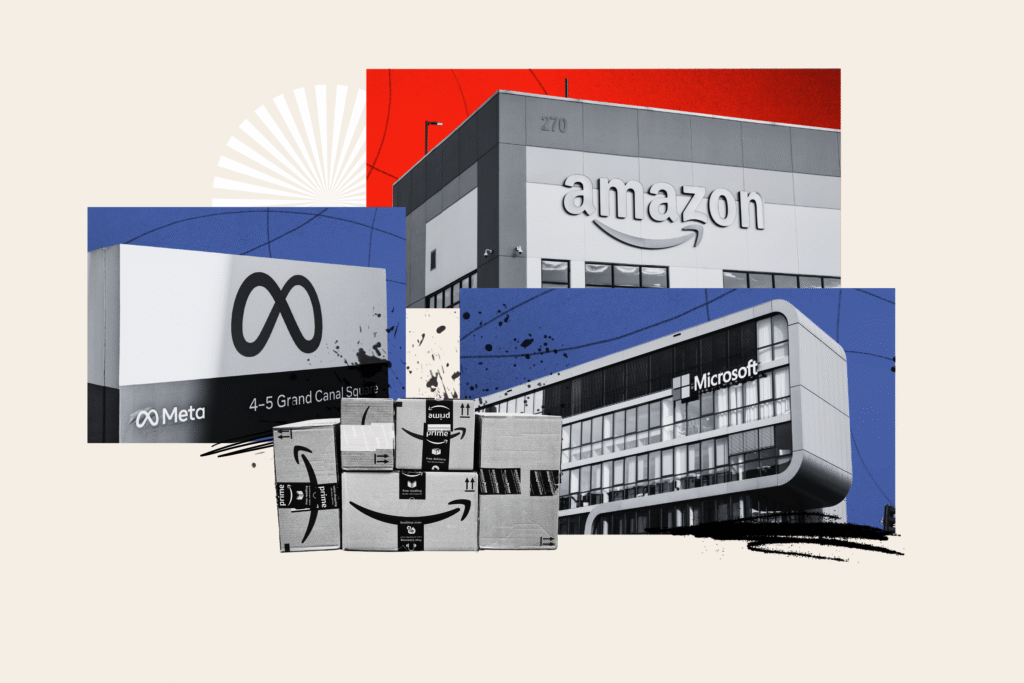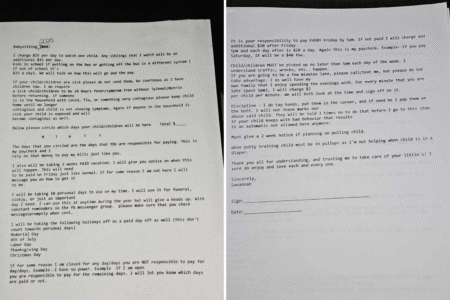A new analysis of federal data shows that several major U.S. employers increased their use of H-1B visas in 2025.
The latest H-1B data reviewed by Newsweek shows that the biggest year-over-year gains in visa sponsorship were spread across multiple industries, with the biggest increases coming from consulting, technology and financial services firms. Although some companies added hundreds of new H-1B approvals in 2025, these figures represent a small fraction of their overall workforce.
Amazon remained the single largest H-1B sponsor, increasing approvals from 9,257 in 2024 to 10,044 in 2025, an addition of 787 visas, a modest rise when compared with its global headcount of about 1.56 million employees.
Amazon told Newsweek that the 2025 H-1B numbers are mainly driven by two factors, visa renewals, which occur every three years for employees hired during the pandemic, and higher lottery selection rates for legitimate employers, following efforts by U.S. Citizenship and Immigration Services (USCIS) to block duplicate entries from certain employers.
Microsoft, Apple and Meta Platforms also expanded their foreign hiring, reflecting ongoing competition for talent in areas of highly skilled jobs.
JPMorgan Chase saw one of the biggest jumps in raw numbers, with approvals climbing from 1,719 to 2,440, an increase of 721. Microsoft recorded an increase of 464 approvals, rising from 4,725 to 5,189, while Apple’s numbers went from 3,873 to 4,202, adding 329. Meta Platforms also grew, adding 279 approvals for a total of 5,123 in 2025.
Cisco Systems rose from 1,332 approvals to 1,570, an increase of 238, while Tata Consultancy Services grew by 229, reaching 5,509 approvals. Visa Technology and Operations reported an increase of 131 approvals, moving from 335 to 466.
Amazon Web Services added 131 approvals, climbing from 2,216 to 2,347, while General Motors rose from 468 to 574, a gain of 106. Amazon Data Services rounded out the top 11 list with an increase of 102 approvals, from 441 to 543 year-over-year.
“It’s not surprising to see continued strong demand for H-1B visas, even among some businesses that have announced layoffs. Businesses that are laying off workers may be shifting their focus and still want to hire workers, but need a skill set that their existing workers don’t have and that they cannot readily find among US workers,” Madeline Zavodny, professor of economics at the University of North Florida, told Newsweek.
Raw USCIS data shows what appears to be a large increase in H-1B visa approvals among top U.S. employers in FY2025, but immigration experts caution that these figures include extensions, transfers, and cap-exempt petitions, making it difficult to infer a direct rise in new foreign hiring.
Experts told Newsweek that the annual figures blend new petitions with renewals, transfers, and cap-exempt filings, making it difficult to interpret the numbers as a straightforward surge in new hires.
“The numbers can be quite misleading if you are unfamiliar with the data. The Hub actually reports both new and renewed/extended visas, so the numbers are exponentially higher than for just new visas,” Jeff Lande, president of the Lande Group, told Newsweek.
The statutory cap of 85,000 new H-1B visas has not changed, and large year-to-year fluctuations may reflect timing lags or data-entry inconsistencies rather than a structural hiring surge.
In addition to technology, financial services and consulting, other sectors such as health care and manufacturing have also reported year-over-year increases in H-1B visa use, particularly for specialized STEM and clinical roles. These gains suggest that reliance on foreign-born talent is broadening beyond the traditional heavy users in tech and finance.
List of Companies Increasing the Most H-1B Visas This Year
| Rank | Employer Name (Normalized) | 2024 Approvals | 2025 Approvals | Increase |
| 1 | Amazon Com Services | 9,257 | 10,044 | 787 |
| 2 | JPMorgan Chase | 1,719 | 2,440 | 721 |
| 3 | Microsoft | 4,725 | 5,189 | 464 |
| 4 | Apple | 3,873 | 4,202 | 329 |
| 5 | Meta Platforms | 4,844 | 5,123 | 279 |
| 6 | Cisco Systems | 1,332 | 1,570 | 238 |
| 7 | Tata Consultancy Services | 5,280 | 5,509 | 229 |
| 8 | Visa Technology and Operations | 335 | 466 | 131 |
| 9 | Amazon Web Services | 2,216 | 2,347 | 131 |
| 10 | General Motors | 468 | 574 | 106 |
| 11 | Amazon Data Services | 441 | 543 | 102 |
H1-B Visas Under Scrutiny in White House Immigration Crackdown
The rise in H-1B sponsorship comes amid the Trump administration’s immigration crackdown, putting companies under heightened scrutiny who bring on board foreign workers. While supporters of H-1Bs believe skilled migration boosts the U.S. economy, critics argue that expanded use of H-1Bs can undercut opportunities for U.S. employees, especially when firms are cutting jobs at home. Microsoft, for instance, has faced criticism this year for boosting visa sponsorships while announcing layoffs.
The H-1B visa program has long been a cornerstone of U.S. immigration policy for high-skilled workers, particularly in technology, engineering and finance. While political debates over program reforms continue, these numbers suggest that demand for global expertise remains high.
The H-1B program has grown rapidly over the past few decades. In 2024, roughly 400,000 visas were approved—more than double the number issued in 2000. Most approvals were renewals of existing visas rather than new applications. A large share of H-1B holders work for major tech companies such as Amazon, Microsoft and Google, which invest heavily to retain foreign-born talent.
Indian tech professionals continue to play an outsized role in the U.S. workforce, a trend closely tied to the H-1B program. Indian nationals accounted for 72 percent of all H-1B visa approvals in fiscal year 2023, according to the USCIS report.
While the year-over-year increases among major employers appear significant, they exist within the limits of a tightly capped program. For 2026, the annual registration cap has already been reached, showing the competition among employers for a limited number of slots. The increases documented in 2025, therefore, should be seen less as an unlimited expansion of the program and more as a reflection of how companies are competing to retain and extend the workers they already employed.
Read the full article here

















